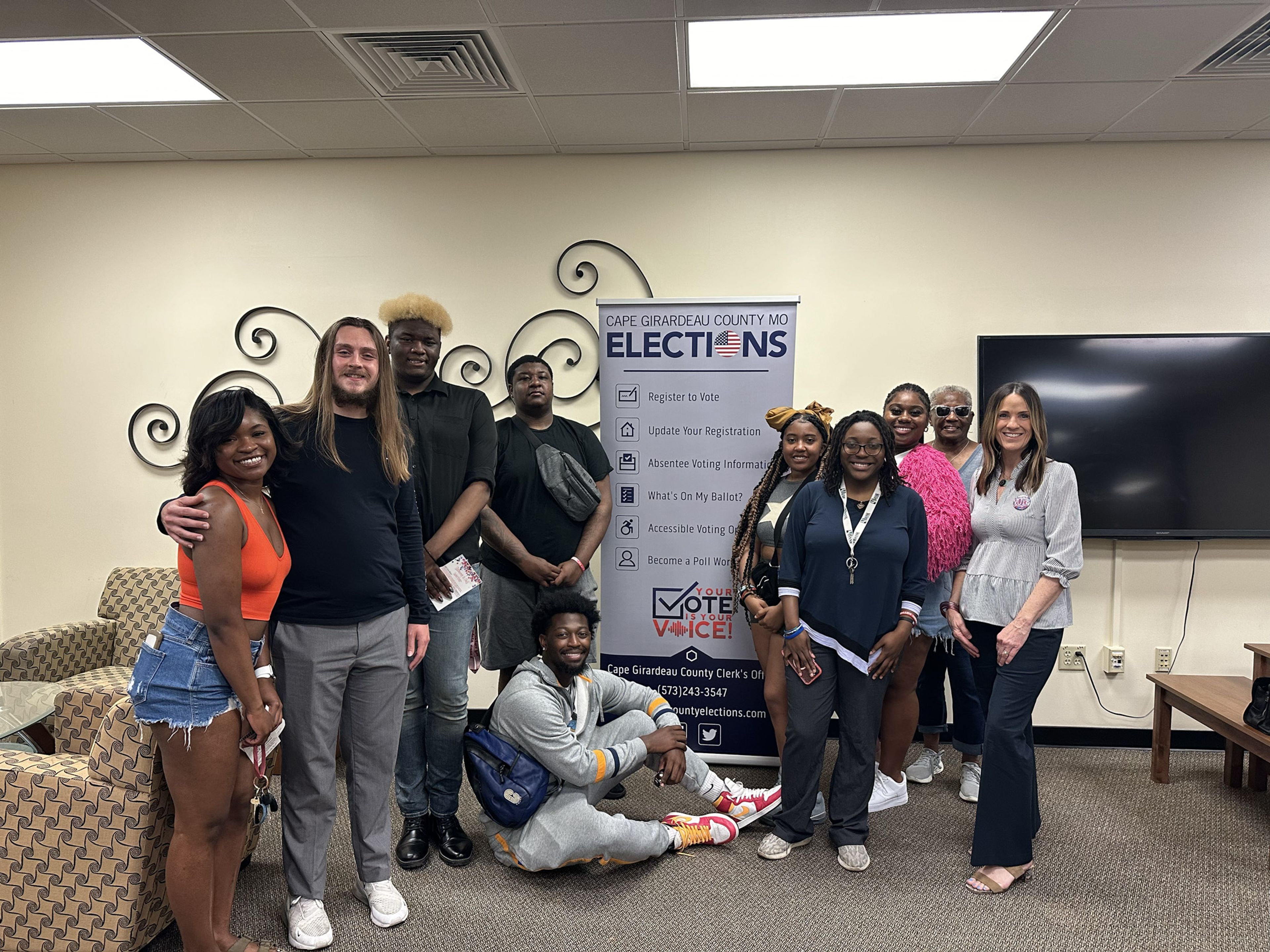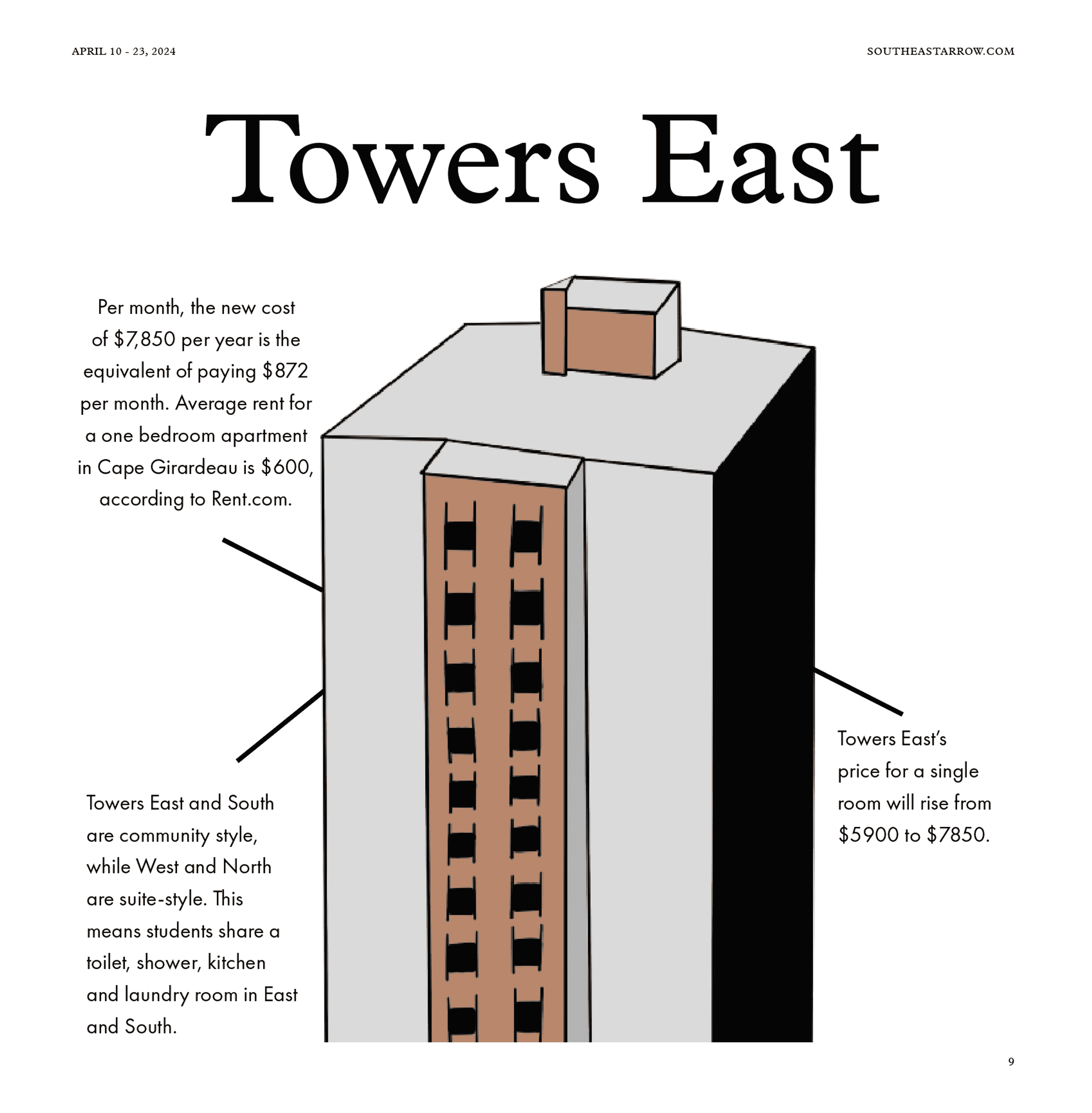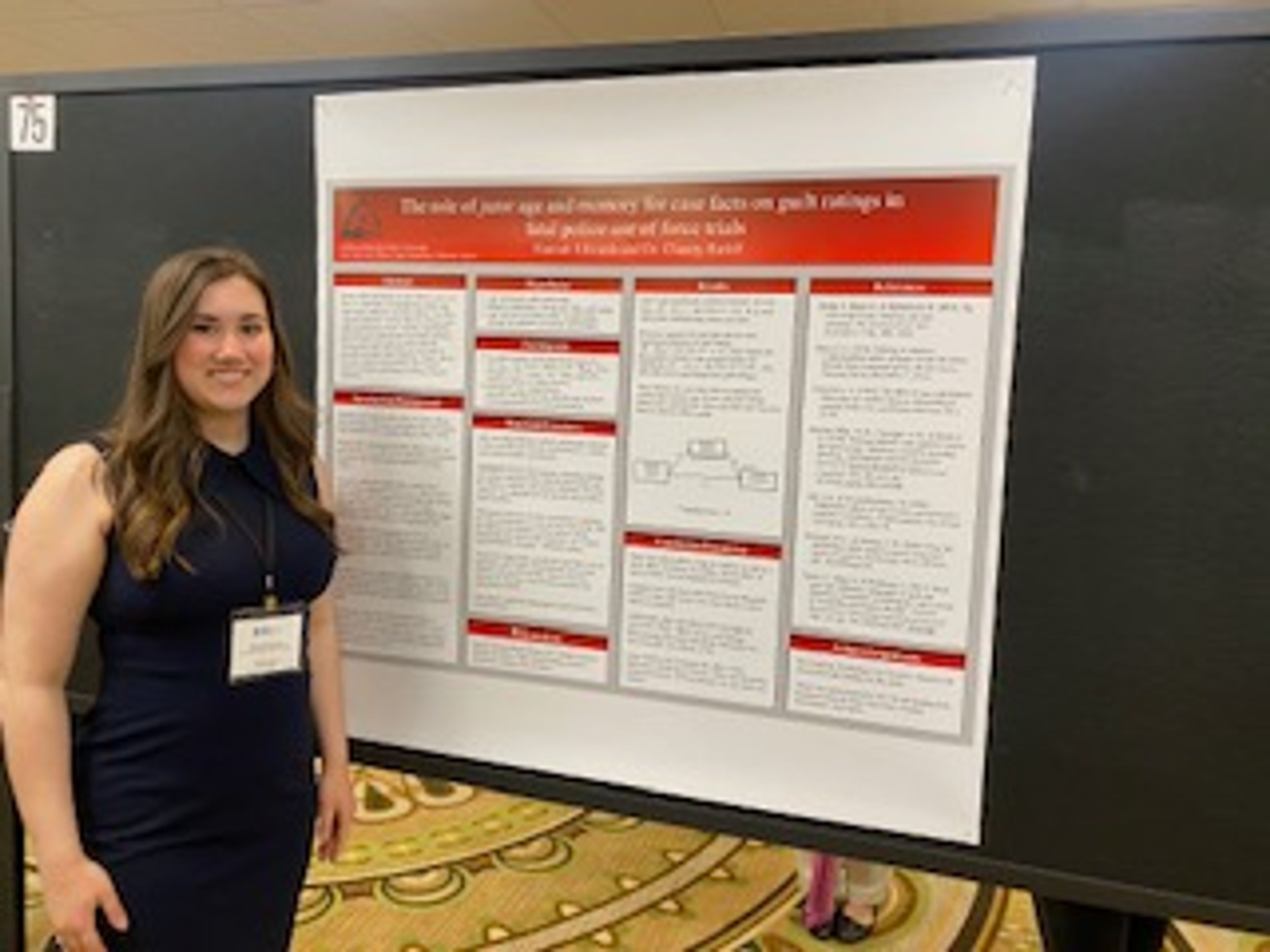Dr. Kenneth W. Dobbins supported the effort to provide new resources for the lesbian, gay, bisexual, transgender and queer population of Southeast Missouri State University by founding the LGBT Advocacy Committee, which culminated in the LGBT Resource Center now located in the University Center.
Dr. Debbie Below, vice president for enrollment management and student success and dean of students, said that the LGBT Advocacy Committee was founded by the president around January 2014. Below acted as a chair of the committee.
Below said the LGBT Advocacy Committee was founded because Southeast faculty, staff and students took an interest in the topic.
Consisting of faculty and staff members, along with Student Government Association senators, the committee aimed to facilitate a more welcoming environment for LGBTQ members of the student body.
"Forming the committee, itself, a president can kind of set an agenda by bringing a group of people together and asking them to analyze any particular issue at any given time and to make recommendations, and that's exactly what he did here, similar to what we're doing right now with the president's diversity task force or the Task Force on Diversity Education," Below said.
Bruce Skinner, assistant vice president of student success and auxiliary services, said Dobbins gave heavy direction and took care to ensure that the committee properly addressed the concerns of his constituents that saw a need for LGBTQ support. Dobbins encouraged "buy-in" or participation in the discussion over the issue rather than imposing changes.
Dobbins encouraged active participation in these processes, which fostered efforts for "cultural competency."
"That sent a very clear message to the rest of the institution that the president of the institution, there by extension, and many of the rest of us, have to give that a good deal of attention because it wasn't just a passing trend of, 'You're going to get an email about this, so just so you're aware,'" Skinner said. "It was, 'This matters.'"
Dobbins' efforts were part of a larger movement toward cultural competency that also included founding the Task Force on Diversity Education.
Southeast continues to work toward improving diversity awareness in students, and Below said this is a part of diversity education.
Below said the LGBTQ initiative began as a grassroots movement that started to become visible when Megan Murray, the coordinator for leadership development, demonstrated the Safe Zone training for the administrative council, which Dobbins chaired.
"It had really nothing to do with that committee, but the committee structure helped improve the implementation of the training -- very much so," Below said. "Because we now had the LGBT student advocacy committee in place, we had a body of individuals that could make recommendations on how best to roll that out so that we get more participation on campus, and that was one of the goals of the group: how do we get buy-in from the campus community."
After implementing the Safe Zone training, Southeast incorporated LGBT activities into university programming, such as the LGBT BBQ event that more than 300 people attended. Such events are often organized by the LGBT Resource Center, which operates through Residence Life.
"It's rare to see the president designate an administrative council meeting because the administrative council is where things like procedures are set down," Skinner said. "... I can't think of another example in my time at Southeast, and I've been here since about 2000, where I've seen administrative council intentionally set aside time to go after a training issue like that."
Below said the LGBT Advocacy Committee began a website sponsored by Southeast that did not exist before last year. The website adds to the "belonging and inclusion" that the LGBT Resource Center was meant to generate on campus.
Skinner said the president had a good sense of timing so that he could better lead Southeast toward better representing the LGBTQ community.
"He was able to guide it rather than have to drag it," Skinner said.
Skinner said that one reason for it being the best time for the movement was because the fall semester was already in the planning process and new programming could be incorporated more quickly.
"So the example of 'Engage in 8!' -- if this had happened in July it would have been a problem, but because it was happening in the spring, we were already identifying programs for the fall," Skinner said.
Below said the LGBT Advocacy Committee was aware that they were making progress just between spring 2014 and fall 2014.
"It was one of the smoothest things I've been involved in as a vice president, I'd have to say," Below said. "People were engaged, the meetings went very well, they did their work, they worked in small subcommittees and they did their work fast."
Below said Dobbins had a focused vision of how to make Southeast one of the "most competitive universities in the Midwest," and he formed the LGBT Advocacy Committee to help the student experience improve.
Dobbins worked closely with the committee to help achieve its goals.
"He expects a tremendous amount from the individuals that surround him, so if you are a dean or a person sharing a committee like this committee, he is going to expect regular communication back as well as outcomes," Below said. "I don't think he believes in work just for the sake of work, but he believes in work for the sake of outcomes that make a difference and that move the institution."




